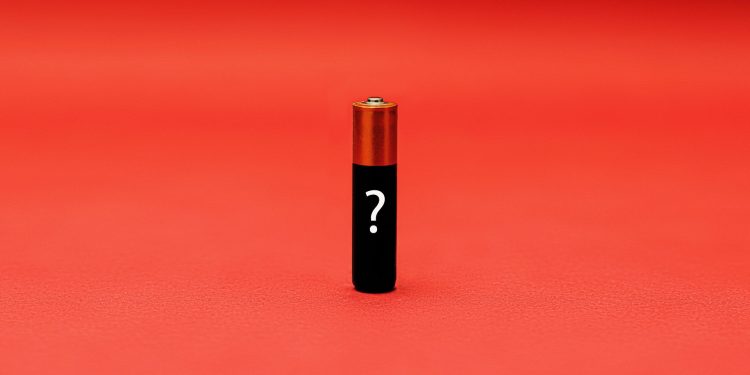EV Torque – What about all those batteries?
Words: Mark Gilbert
When EVs first began to attract attention here, the number one concern for most was ‘range anxiety’. This has now largely been addressed, given many EVs can travel more than 400km while the charging infrastructure continues to grow. However, other myths and misconceptions about electric vehicles persist. The one I get queried on most concerns the true environmental impact of EVs, particularly of their battery packs.
All credible analysis shows that EVs have a lesser impact on the environment over the course of their lifetime than petrol- or diesel-powered cars. Analyses of full life cycle emissions show that electric cars in Europe emit, on average, almost three times less CO2 than equivalent petrol/diesel cars.
This isn’t to say that EVs have no impact on the environment, particularly in regard to the production and sourcing of raw materials, but they show a considerable advantage in overall emissions during their life cycle. These processes will improve too, as reducing emissions from production is now a key focus for manufacturers.
While some see EV batteries as a problem when they reach the end of their useful life in a car, my view is that they present an opportunity. Originally it was speculated that an EV battery would only last eight years. However, today most OEMs are forecasting a useful battery life closer to 15 years, depending largely on how the vehicle is driven and charged. And this is similar to how long most manufacturers expect their conventional offerings to last.
For New Zealand, we have about eight years of history selling electric vehicles. The last couple have recorded good growth, but it was initially very low volumes of first-generation Nissan Leaf and Mitsubishi MiEV models that introduced New Zealanders to EV life.
So, we have some time to seize the opportunity. We will see that EV batteries can, and will, have a second life as stationary batteries. The Tesla Powerwall is an example of what could be. These old batteries may not have the capability to power a car any longer but they will still be capable of storing energy from solar panels that can then be fed into charging your new EV or used to help power your home.
I expect there will need to be changes to the way we power our cities, towns and homes in the coming decades, and used batteries will have a role in all this.
In a New Zealand context, the industry has already been planning for a future with more batteries by establishing the Battery Industry Group. Originally conceived by Vector in 2019, the group has worked with the Ministry for the Environment and EECA to establish a Product Stewardship Scheme, which is now in development. The essence will be that a levy will be collected on EV batteries when they are imported in vehicles and this funding will be used to run a programme to collect these batteries at their end of life and ensure they are recycled where possible.
The Transport & Environment think tank out of Europe estimates that by 2035, recycling will also contribute over one-fifth of the lithium and nickel, and 65 per cent of the cobalt needed to make a new battery. There is a similar scheme being devised currently around end-of-life tyres. These can be used in the making of cement, and there are other products that can be derived from them. This programme is being run by Auto Stewardship New Zealand.
It’s likely in time this organisation will also operate the nascent product stewardship for batteries and potentially other end-of-life items from automobiles.
Be assured that this will address any residual concerns. So while it is early days, there is plenty of potential that exists in a flat battery!
Disclosure- I have chaired the Tyrewise Project, the BIG Governance Group and also am establishment Chair for Auto Stewardship New Zealand.





